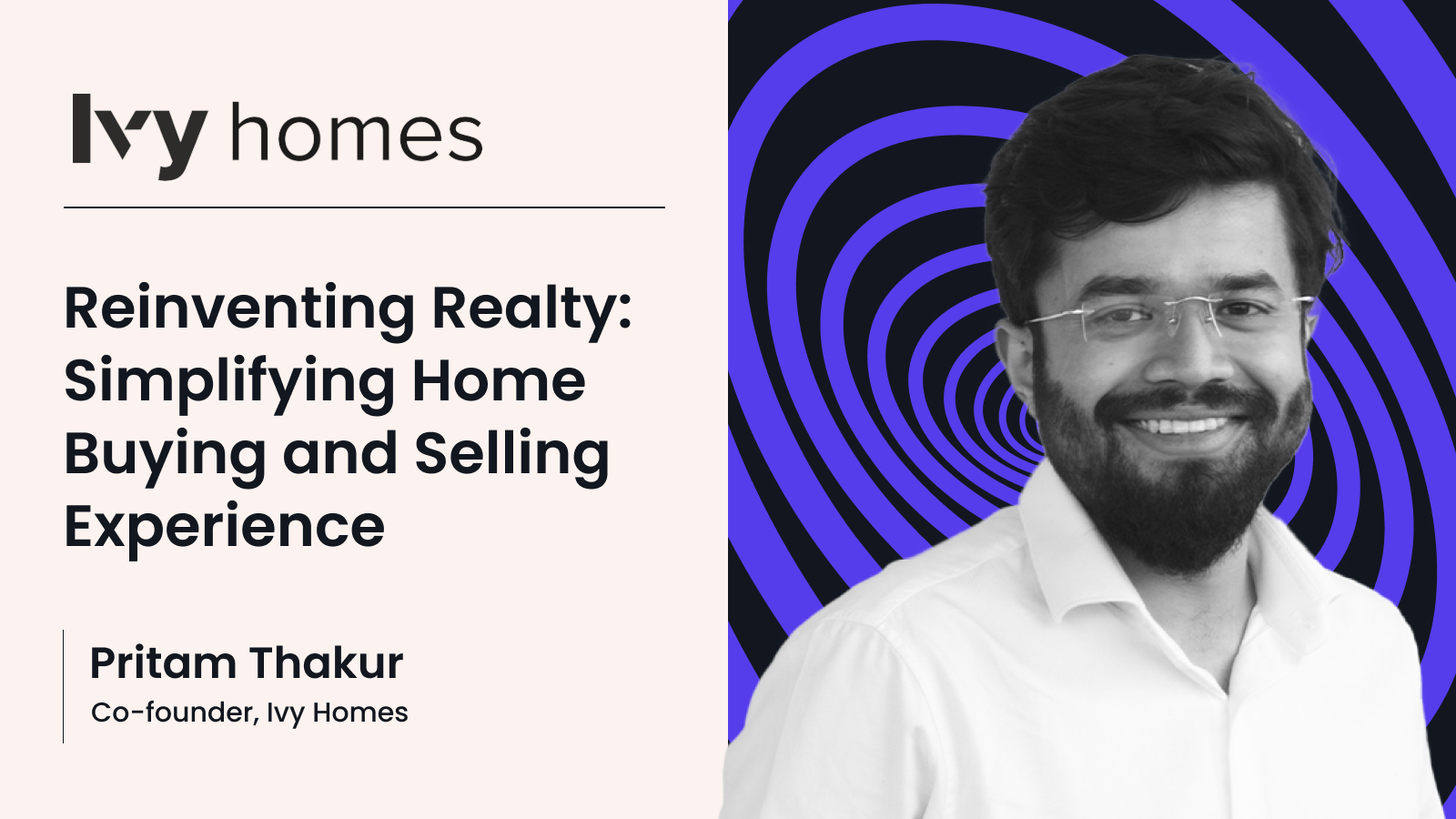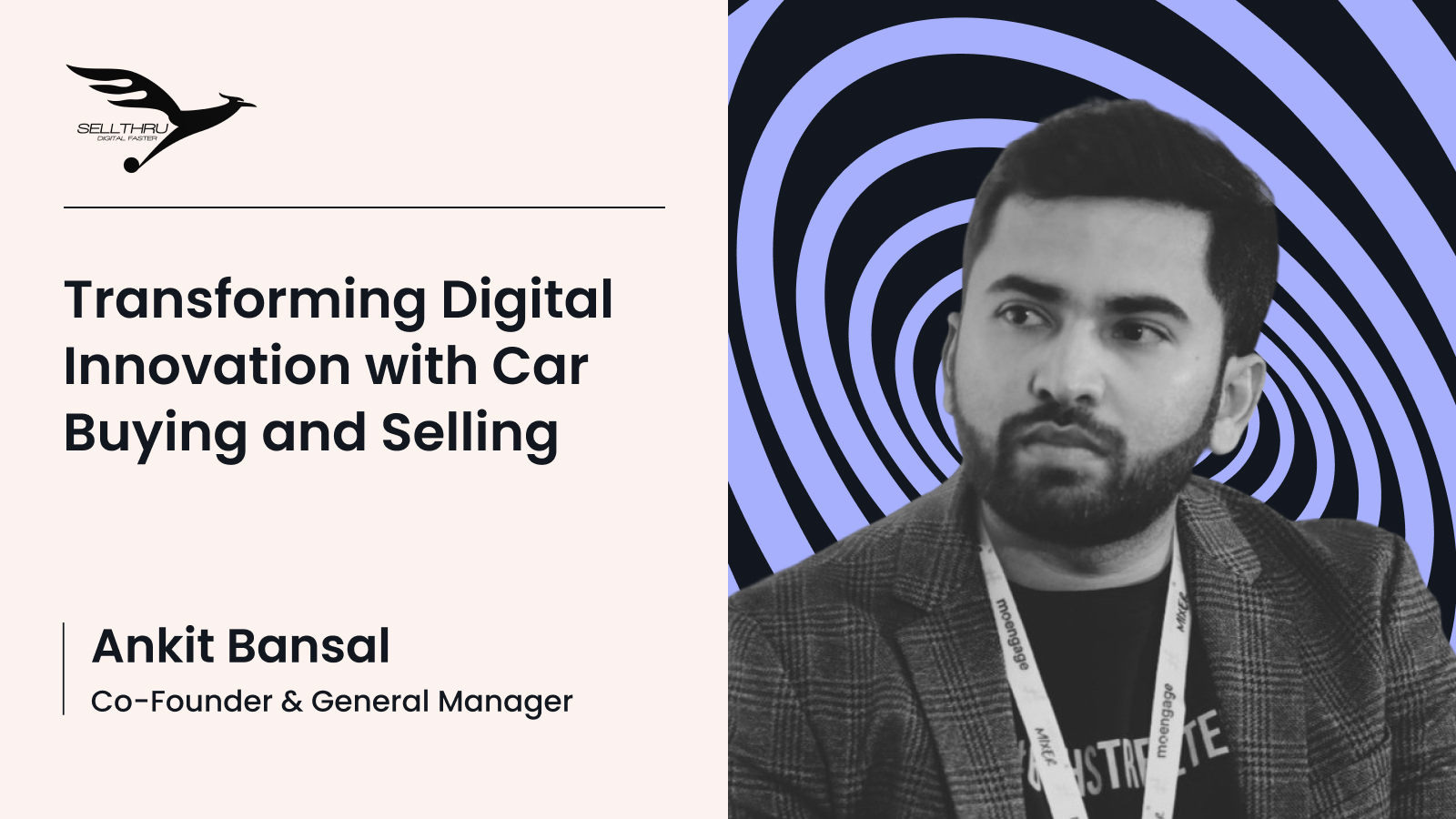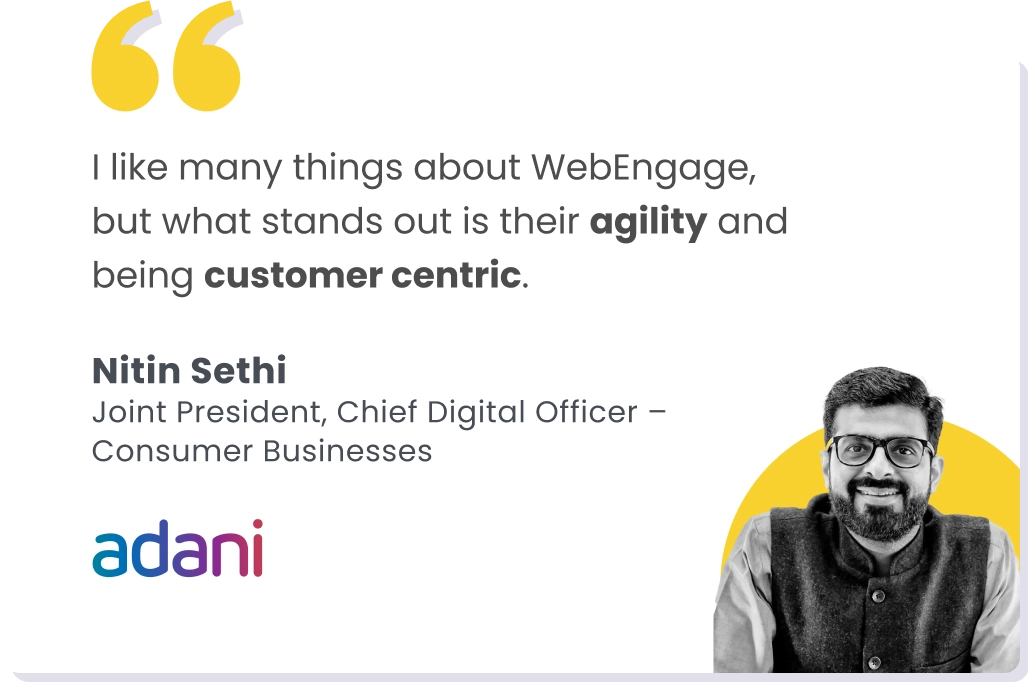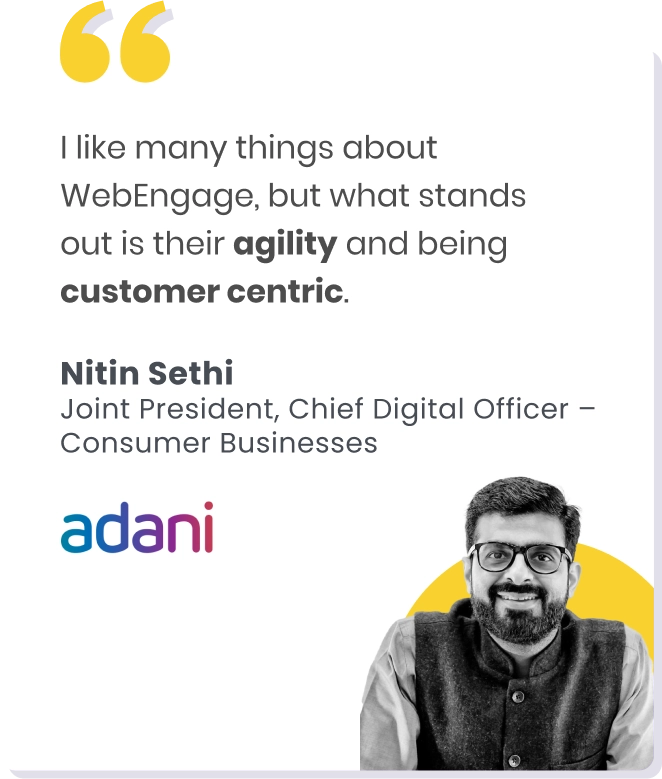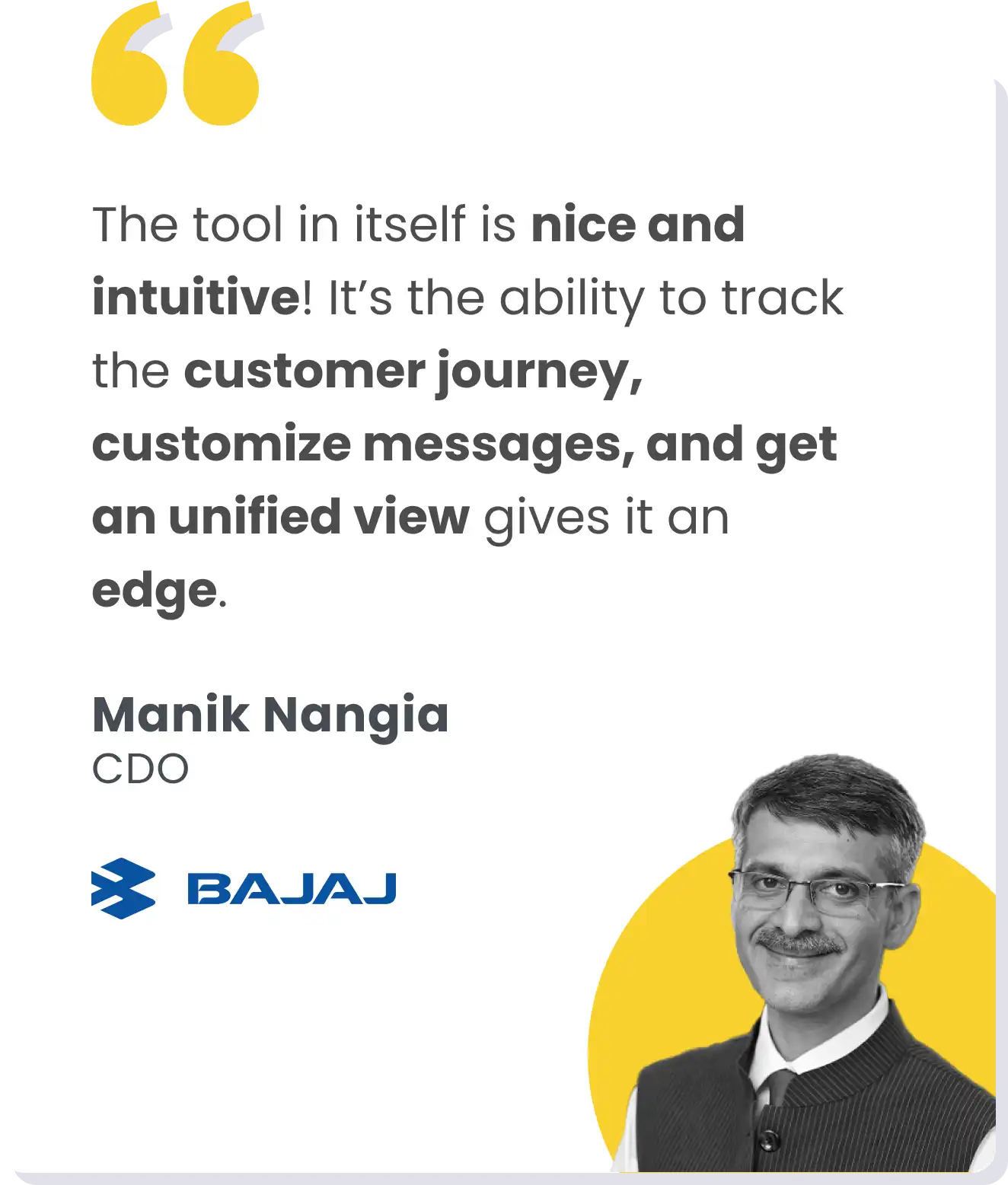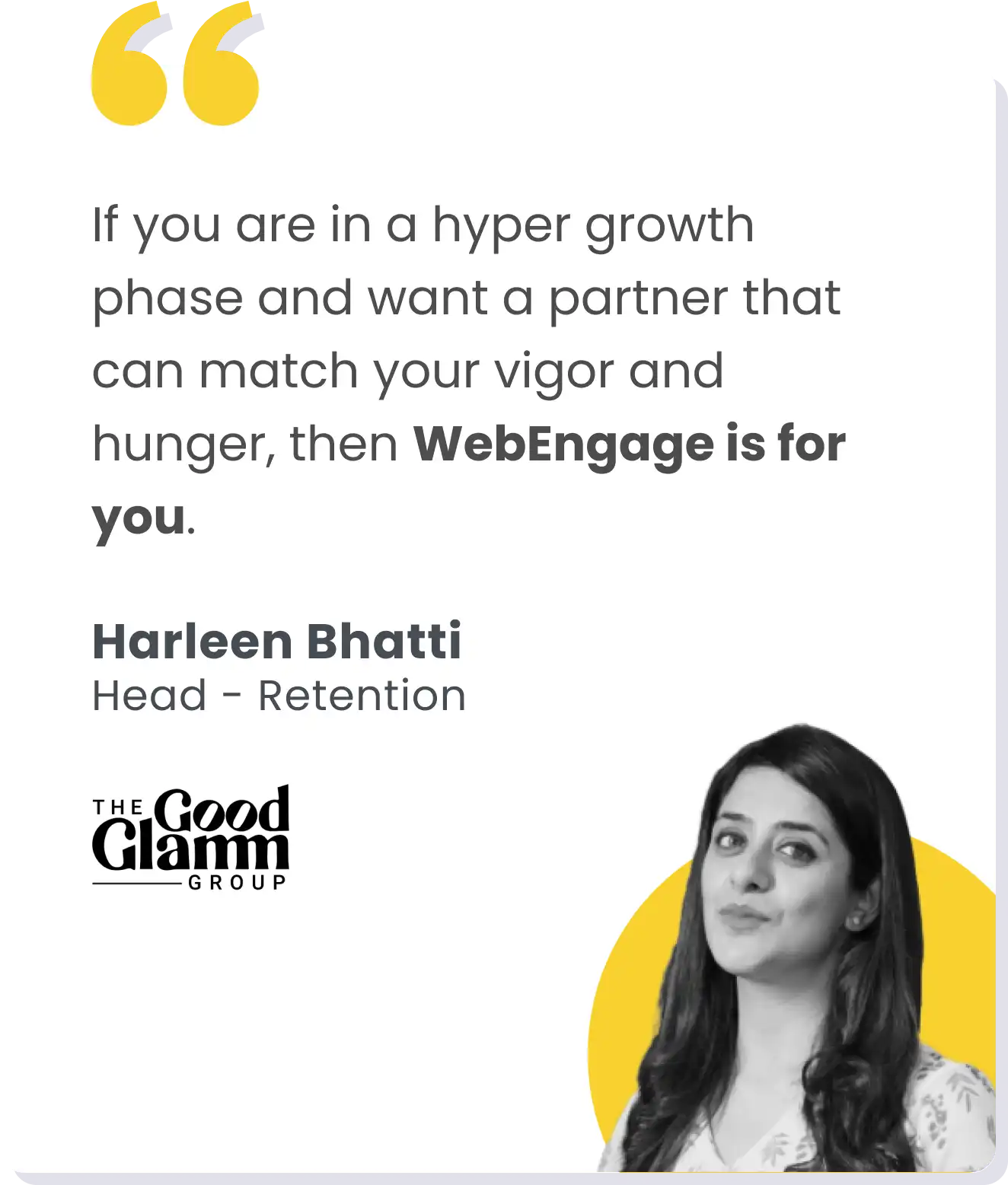Introduction
One of the most comforting moments in life is the aroma of food at home.
But not just home; every lane, apartment, neighborhood, and kitchen is a bustling hub of familial warmth.
As we fast forward to the present, we find ourselves amidst a heartening revival – a return to the art of cooking, a rekindling of the flame that once drew families together around the dining table.
In the midst of this culinary renaissance, there’s a noticeable shift towards embracing traditional cookware, those timeless vessels that have witnessed countless family recipes and shared stories. These artifacts are becoming cherished symbols of connection and continuity, from seasoned cast iron skillets that bear the scars of generations to heirloom spice boxes passed down through the ages.
Interestingly, as we dust off the pages of culinary history, it’s impossible to ignore the vibrant resurgence of Indian cuisine. In kitchens worldwide, the aromatic spices and rich flavors of Indian dishes create a culinary symphony that transcends borders. As this global dining trend takes center stage, our cookware is evolving to accommodate the intricacies of Indian cooking, from tawas for perfectly layered parathas to masala dabbas organizing an array of aromatic spices.
And for this reason exactly, we spoke to Aditya Agrawal, Co-Founder and CEO at P-TAL, which aims to become a homegrown brand for everything brass, copper, and kansa (bell metal or bronze) by reviving India’s only UNESCO-listed Craftform of Thathera community from Amritsar.
Today, P-TAL has impacted over 55 artisan families and has increased their monthly incomes by over 1100% from a mere Rs 2,000 to Rs 24,000. P-TAL has been recognised as 1 of the top 42 fastest-growing D2C brands in India in 2022 by Inc42.
Have a look at what he had to say about the tapestry of tradition, innovation, and the aromatic allure that beckons us back to the joyous art of cooking.
Delve deeper with us and read more about how these culinary trends are shaping the kitchens of today and tomorrow with Aditya. Have a look.
Why is it imperative to focus on user retention and engagement within the kitchenware sector?
In the kitchenware industry, different categories, like stainless steel, aluminum non-stick, cast iron, terracotta, and brass copper utensils, are becoming very high-value, high-basket-size categories.
Unlike Beauty and Personal Care (BPC) or other categories like FMCG, most purchases usually lie around the Average Order Value (AOV) of ₹1500 to ₹2000. In our case, it’s as high as ₹5000 in India and more than $300 (₹24,000) in the USA. With high AOVs and high order value come high expectations of consumers as well.
Overall, this entire category has predominantly been offline. I have seen my parents and most others go to local shops, buy these utensils, and check their weight, quality, etc. But what happens when a player is selling these utensils online?
Then, the need for user engagement and retention becomes of utmost importance.
And most importantly, it becomes a challenging task because you have to change user behavior regarding offline and online purchases.
How does building lasting relationships with customers contribute to the success and sustainability of your kitchenware brand?
In a category like ours, very specifically, the customer has a lot of options and choices. And most of these options are the cheaper ones available in the market. So, it becomes essential for us to establish trust and build a relationship with the customer.
And the journey of our relationship doesn’t end after delivering the product; it begins from there.
Once you have delivered the product, you must stay with the customer. You must ensure you are there with them; they can trust our quality and relate to us.
Since the beginning, our focus has been beyond buying and selling these utensils. It has become vital for us to build a community, build relationships with people, and ensure that we do not just tell them about the benefits or sell them the product’s features but also let them know about the health value arising from these purchases.
These are all handmade products, and, in the process, they support a community of artisans who are making these products. Hence, establishing trust, providing knowledge to the consumers, being that brand they can genuinely depend upon for quality becomes of utmost importance; and thus, going beyond a buyer-seller relationship is imperative, but most importantly, there must be a brand that can be their partners in this entire journey of cooking, eating, and drinking.
Can you highlight three strategies that have been particularly effective in retaining and engaging users within the kitchenware industry? How do these strategies align with the unique characteristics of kitchenware consumers?
Strategy 1:
For retention specifically, WhatsApp, as a channel, has been crucial to us.
Our target audience, specifically, or any brand in the kitchenware cookware category, has a target audience between the ages of 35-40. It’s very tough to imagine an 18-year-old, a 20-year-old, or a 25-year-old to know which utensil is the most suitable for optimal usage and what one should look for while purchasing.
Hence, given that most of our audience is not digitally native to using emails, WhatsApp worked out for us much more efficiently.
Comms samples:
Email: (cart abandonment)
WhatsApp: (cart abandonment)
WhatsApp: (kalai kit upsell)
Email: (welcome journey)
WhatsApp: (welcome journey)
Strategy 2:
Creating different assortments or bundling those products with similar complementary items is very important – also known as bundling or upselling in the world of e-commerce.
Let’s say, for example, we have a roti tawa. We have identified that most people who buy a roti tawa want a ghee pot or a paraat because it completes their set. So we run specific campaigns where we set a timer, a schedule, or a funnel where people who have bought roti tawa get special offers to also purchase the ghee pot.
We also try to sell cookware purchasers our ladle sets, complementary items for cooking, frying, serving, etc., or a masala box. Some people buy a thali from us, one thali or one katori. So we try to sell them different parts of the set or upsell them the option of a set.
Strategy 3:
Often, people are unaware of whether an entire set is available to us. Introducing these bundles has been super helpful for us, and we’ve seen immediate results.
Moreover, in an industry like ours, different value-added services become essential after you have delivered the product.
For example, there is a common myth that you mustn’t cook certain items in brass and copper. The logic behind this? The tin coating on brass and copper utensils fades away after a specific time, thereby making the utensil toxic.
We saw how much this mattered when people stopped using brass and copper cookware because of a lack of people who’d tin-coat the utensils manually.
To combat this, we give the first utensil fully tin-coated to the customer. But that process needs to be done once every year. Otherwise, the utensil becomes unusable.
This has been a major problem since day one. Many customers asked us before purchasing how they’d do the kalai or the tin coating once it wears off.
So we brainstormed, and we thought of introducing a pickup and drop service from customers’ houses so that we’d get their utensils. But that wasn’t a viable option.
Earlier, there used to be servicemen who used to roam around the streets, but they went away with the fading purchases of these utensils. As a first-in-the-industry brand, we have launched our own easy and effective kalai kit you can use at home.
And that one kit can allow you to do the kalai process around 10 to 15 times on average. And as the idea is to revive the age-old traditions in a modern manner, this is a part of that solution. Because kalai, this tin-coating process is a traditional practice. Hence, we just want to ensure that, even if the kalaiwala cannot come to your home, you can become a kalaiwala at home.
The result was instant. The moment we launched it, it flew off the shelf massively & very quickly.
What has been the impact of the upselling and the Kalai kit campaign?
We saw around a 30 to 40% increase in the overall brand revenue.
There’s a section on our website on the Product Detail Page (PDP) where people can inquire about the color, the details, and, most importantly, the coating of these utensils. When we analyzed the heat map of customer journeys, we saw that the maximum clicks happened there.
With the introduction of these kits, not only was there an increase in conversion rate, but it was also an increase that ultimately reduced the time a customer takes to complete their purchase.
We saw many users more confident in making those purchases, making sure to buy the kalai kits as soon as they were launched and restocked. There was roughly a 25 to 30% increase in brand sales by introducing the kit and bundling.
We also increased our AOVs from around ₹4500 to roughly ₹5700 when we introduced sets. And this is based on surveys and feedback; people wanted that convenience. People appreciated the option to buy things collectively rather than making the individual selection themselves.
That way, it was helpful for them in terms of economics and better for us in terms of selling it and increasing our AOV.
Looking ahead, how do you foresee the industry evolving in the next year or two? Are there emerging trends, design preferences, or technological advancements that will play a significant role in shaping the future of kitchenware?
Some facets of the industry have remained persistent. Like major industry purchases today, they still happen offline. Hence, we set up our physical retail outlet in Delhi.
Because of the store, we’ve seen our AOV jumping from the ₹5000 range (that we see online) to around 411,000 and ₹12,000 simply by allowing users to see them offline. Once the customers visit us offline, even if they come to purchase a single kadhai, they buy a thali, a pateela, or a masala box simply because it is in front of them.
Other than that, I think one thing that we are foreseeing is the fact that a lot of people are now not just looking at the certifications of the food that they’re eating or the ingredients of the food that they’re eating when it’s health talk but also focusing on the cookware they’re buying.
To dig deeper here, we did our surveys and lab tests to determine that when you cook in aluminum or PTFE non-stick utensils, around 90% of the nutrients are lost. Meanwhile, cooking with brass or copper utensils can retain more than 90% of these nutrients.
With the arrival of many traditional food items, people view cookware as experiential. Some people find it therapeutic, some get attached to it, and some see it as an experience. Many people come to us and tell us that if they cook biryani in our brass lagans, they get an enhanced flavor, which they don’t find while cooking with other utensils. So, I think the category is moving from a utility-based category to a much more experiential, taste and quality-based one.
Another little trend is that people look to chefs and food influencers for advice. When we collaborate with MasterChefs and influencers, and when they speak about a particular dish or recipe, it is much better if you cook with our utensils; that becomes an easy plug for us.
In the context of kitchenware, what advice would you give to aspiring entrepreneurs regarding the balance between user acquisition and retention? How does this balance contribute to the sustained success of a kitchenware business?
Our utensils are replaced or picked over for two main reasons. First, cheaper alternatives like steel and aluminum are available at ₹2000. We sell at ₹4000. Second, misconceptions. Many people think that maintenance of these utensils is tough. In such a market, if you want to build a brand, what becomes essential is that before the purchase, we educate consumers.
A lot of awareness needs to be created about making those right choices, which becomes essential before the purchase. After the purchase, being with the customers long-term becomes even more essential.
When you charge an amount like this, you must take care of the customers in whatever manner to live up to that price.
So, I’ll give you an example. 2-4 weeks post-purchase, we send out a message to users or inform them about the best ways to clean or maintain the utensils they’ve bought. Doing these little tidbits enhances trust and ensures the customer feels that we are not just concerned about selling them the product but also nurturing them and the utensils they’ve bought.
Doing these things becomes essential, providing them with information on the after-sales services. We’ve also collaborated with dieticians and nutritionists to create videos and tell people the best use of these utensils.
Additionally, these are not just for customer attention but also customer acquisition. If I can do this with one customer, he will go out and recommend it and help me get new customers. Eventually, I think, especially with the number of brands emerging in every category and rising competition, most brands cannot just depend on one part, either acquisition or retention, but must maintain a balance and look at both or prioritize both.
A lot of times, brands prioritize acquisition and forget about retention. They go with a mass approach that we’ll acquire new users; whatever number of users are retained, that’s fine. We’ll aggressively acquire users anyway. But I think given that customers are researching more, taking a lot of factors before making a purchase, and also searching for brands selling similar products, it becomes essential to maintain a balance between acquisition and retention.
Beyond immediate challenges, what is your brand’s long-term vision for sustainable growth? How does this vision incorporate consumers’ evolving needs and preferences and broader trends in the kitchenware sector?
We are a brand built on storytelling, being that one-stop shop for consumers that people can trust and rely on, and the kind of brand that always stays ahead in innovations and solving customers’ problems.
Our vision is to ensure that with our strategies, the right kind of products, and the right kind of storytelling, these kinds of utensils ought not to become just a part of Indian households but also reach global levels since we’re seeing a lot of demand from the international audience for these traditional utensils, which is good because we don’t want to restrict ourselves to a particular geography.
We want to ensure that we can reach the global masses, become a premium brand that people can trust, and bring back India’s heritage in a much more contemporary manner.
We also want to ensure that people outside India start savoring traditional Indian dishes and Indian food.
We also want to ensure that they not only look at Indian food but also start enjoying the traditional Indian cookware to cook them so that they understand that the taste of these foods is enhanced.
In the end, given that there might be new players in the industry, we just want to ensure that we stay ahead. We maintain that distinctiveness and keep doing different things to ensure we can reach the global audience.
What is your way forward?
We have a lot of exciting product launches this year. Some of them have been in the pipeline for the last seven to eight months; there is extensive research to ensure we hit the right kind of design that would not just solve the problem of users but also would be an aspirational design that people would want to possess.
Other than that, we are taking a few steps towards the global markets, which excites us all since it may be the same brand; it always feels like you’re building a new one altogether because user preferences, engagement, and behavior are slightly different.
It’s going to be an exciting year with lots of product launches, storytelling, and testing of the new markets.
Wrapping up
We thank Aditya for speaking with us. His vision, passion for truly taking the nation’s heritage to a global audience, and knack for understanding customer behavior is a vision to witness.
P-TAL also emerged as the victor during the WebEngage Startup Program’s Demo Day. “Winning the flagship WebEngage Startup Demo Day is a testament to the dedication and hard work of our entire team at P-TAL. We are honored to be recognized for our commitment to authenticity and Ayurveda in crafting brass utensils,” Aditya said after his win.
We wish P-TAL all the best in their future endeavors and cannot wait to see what they come up with in the near future.
Tune in to more such articles with the State Of Retention Marketing.





